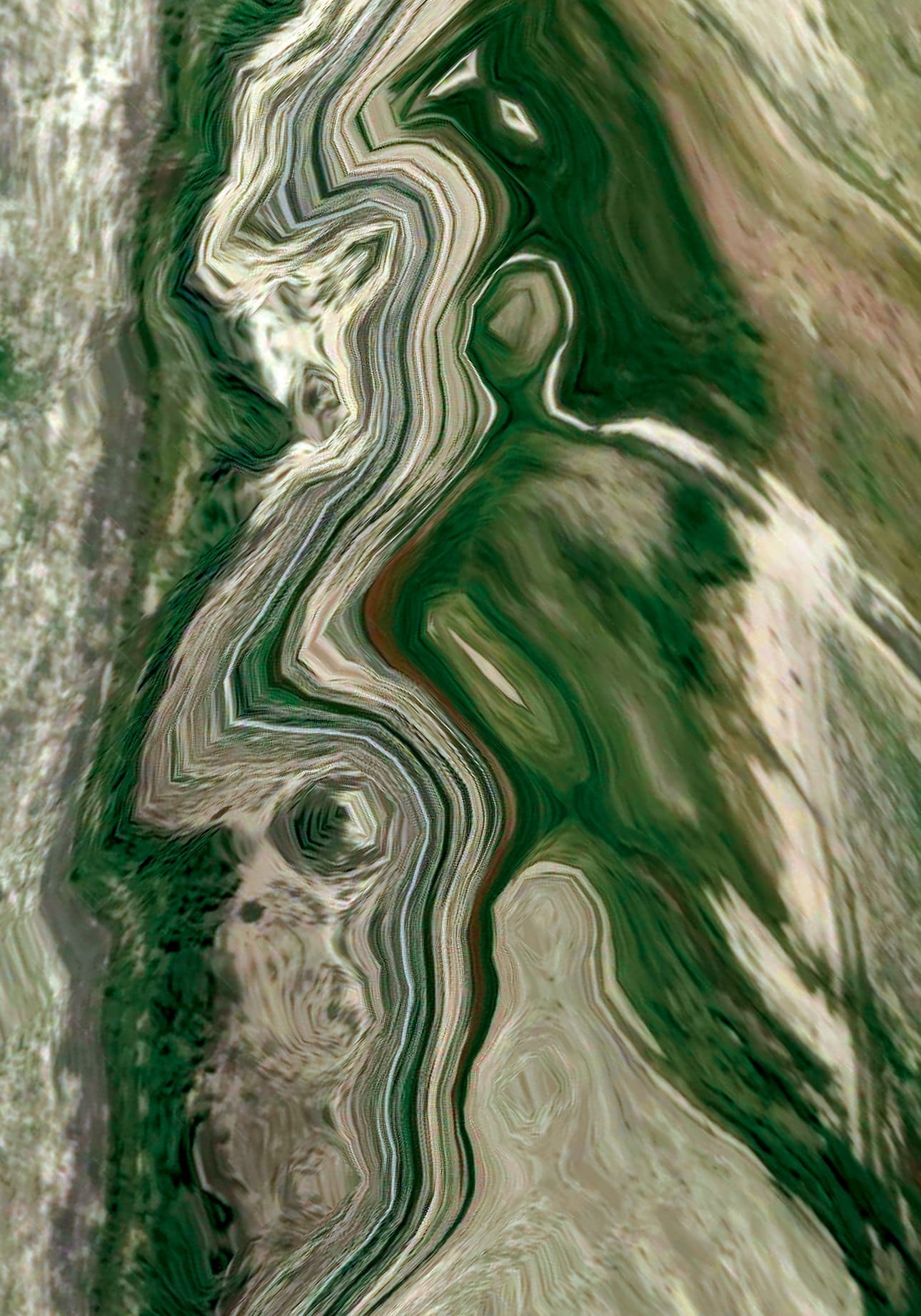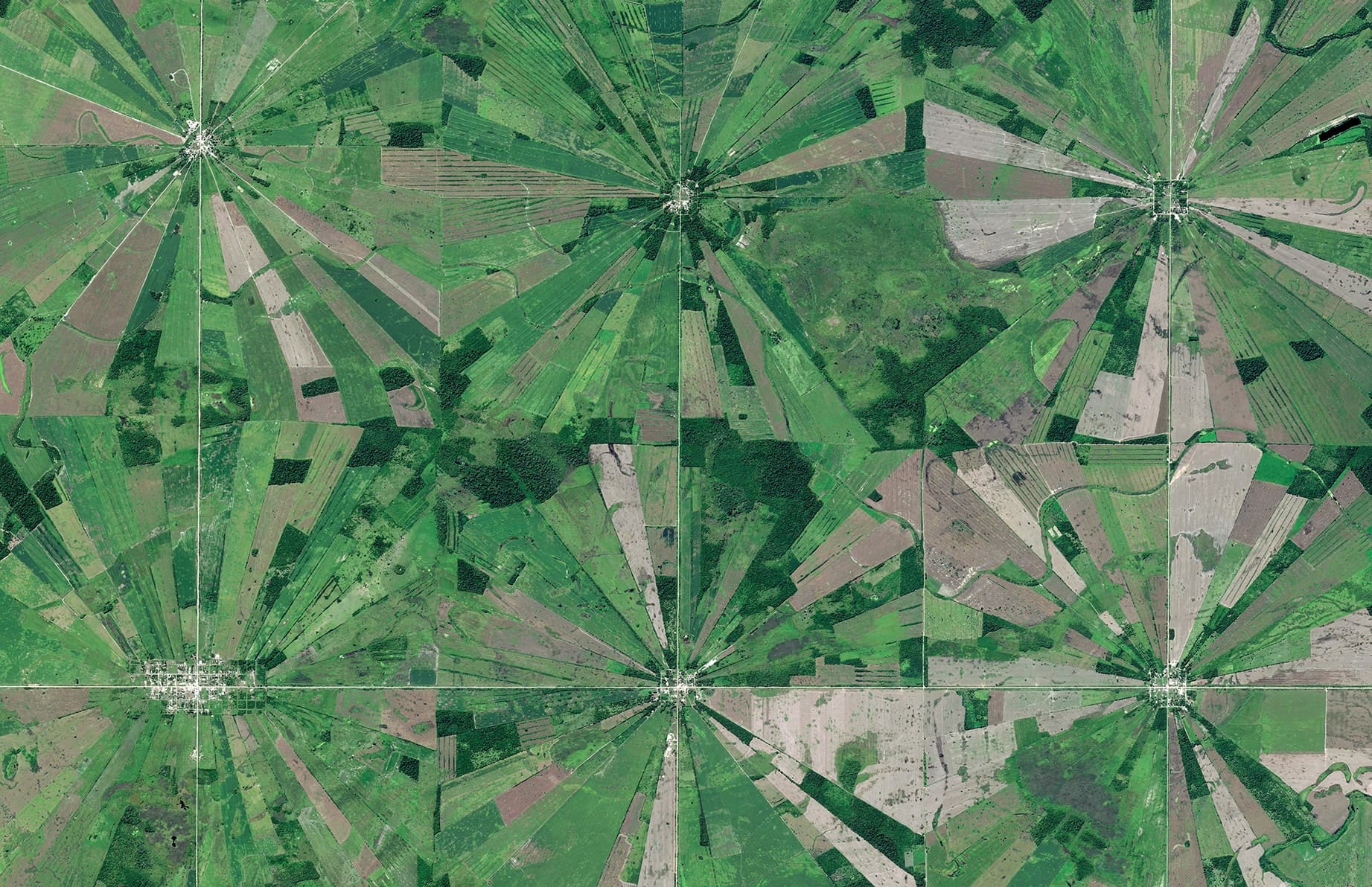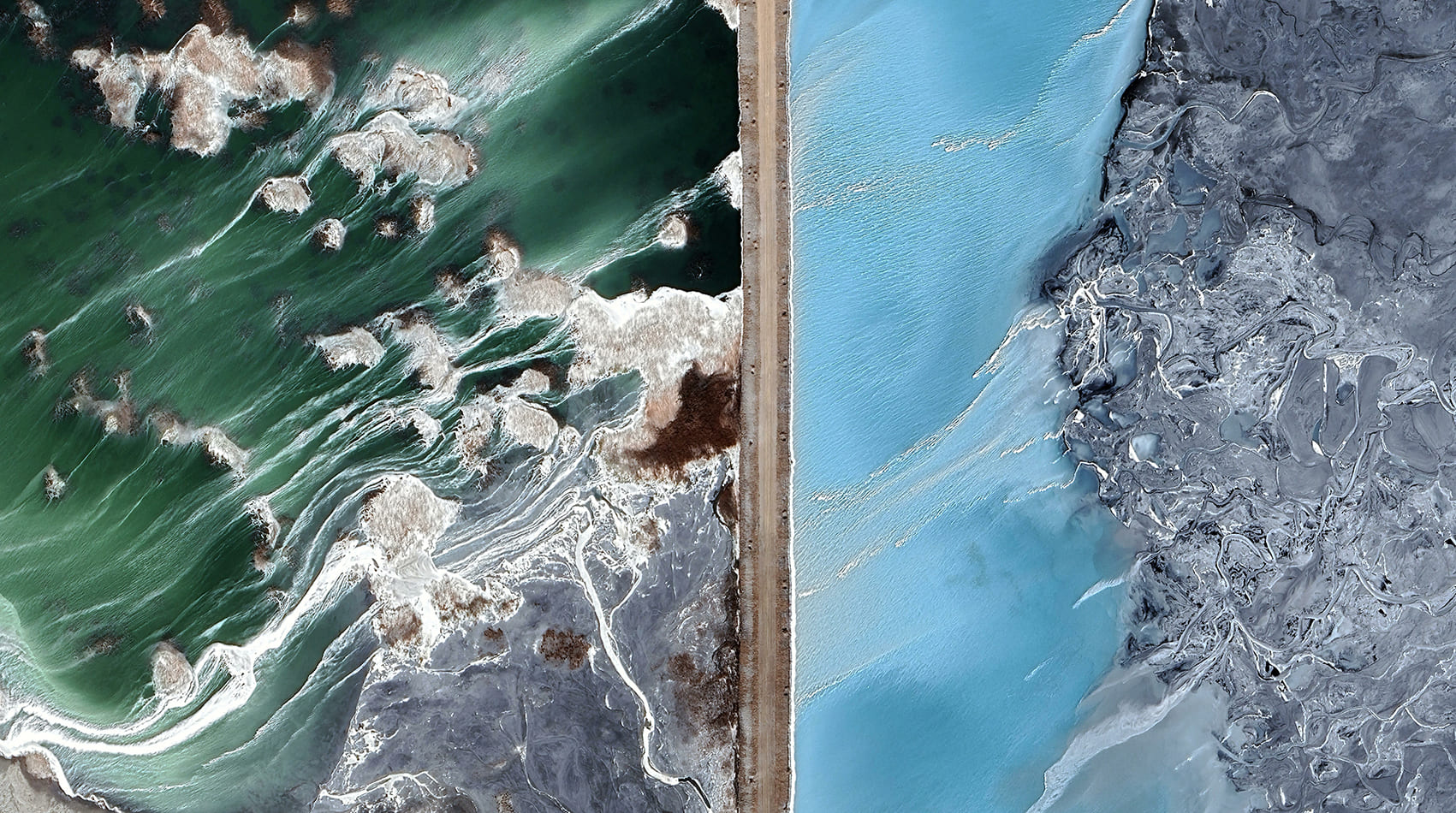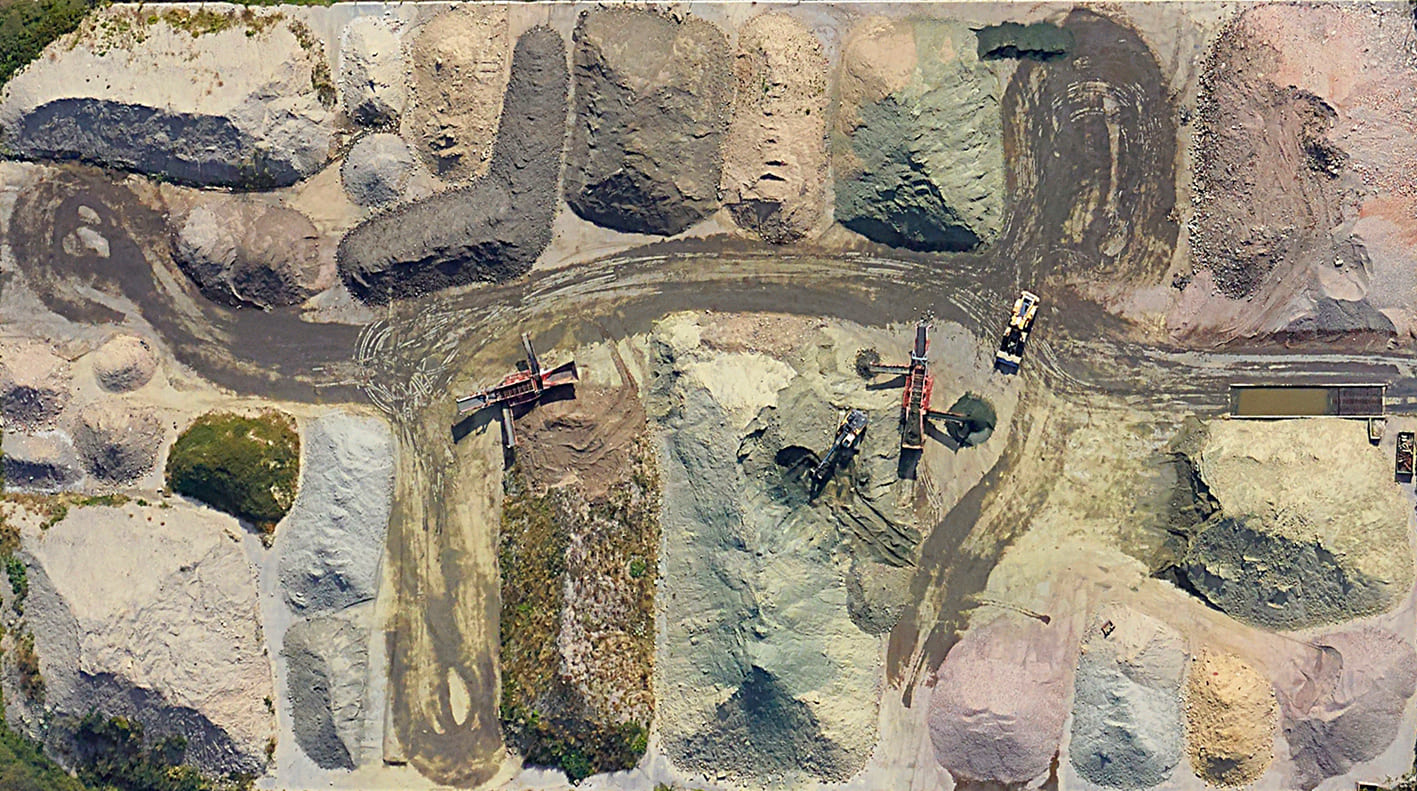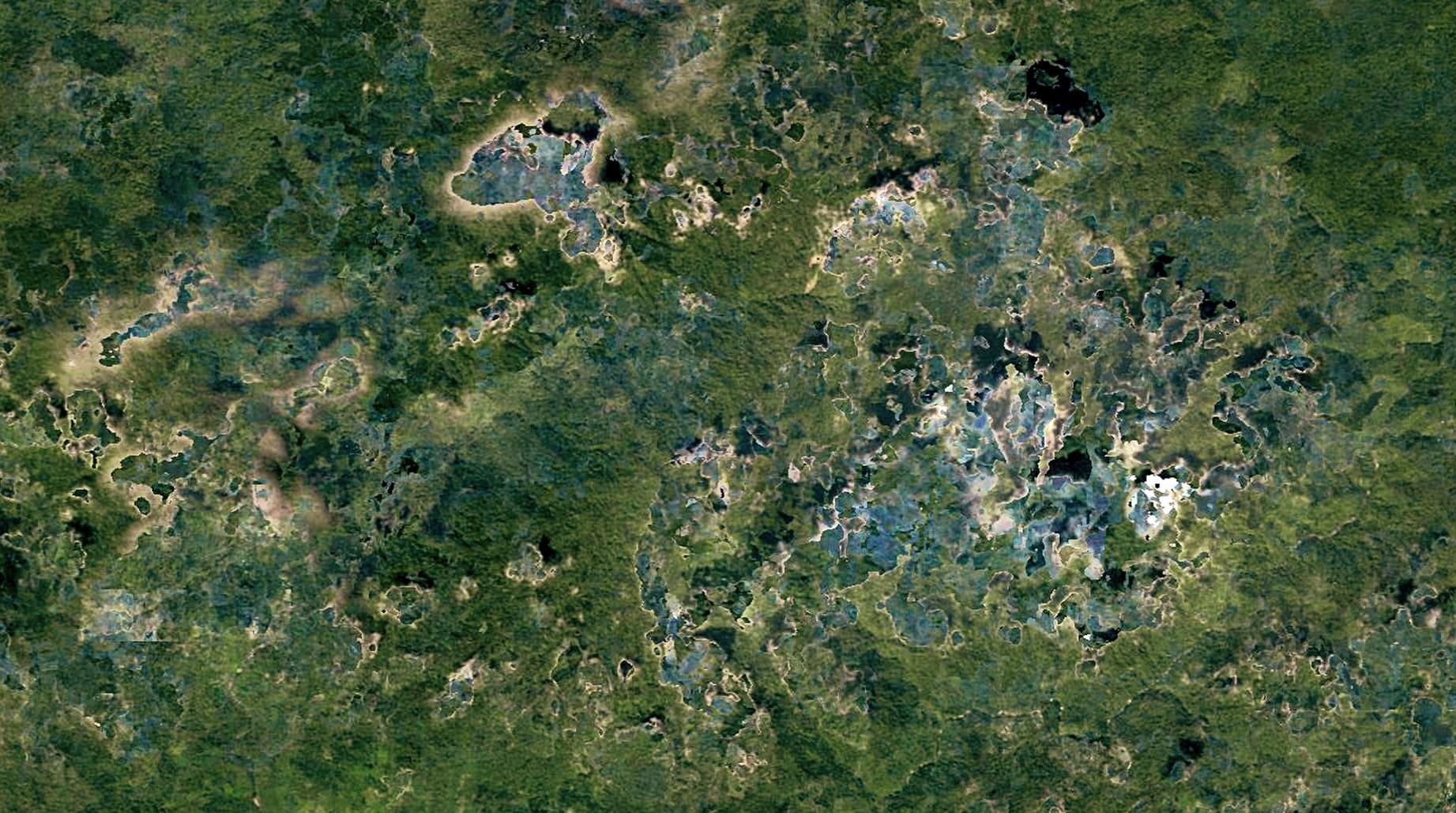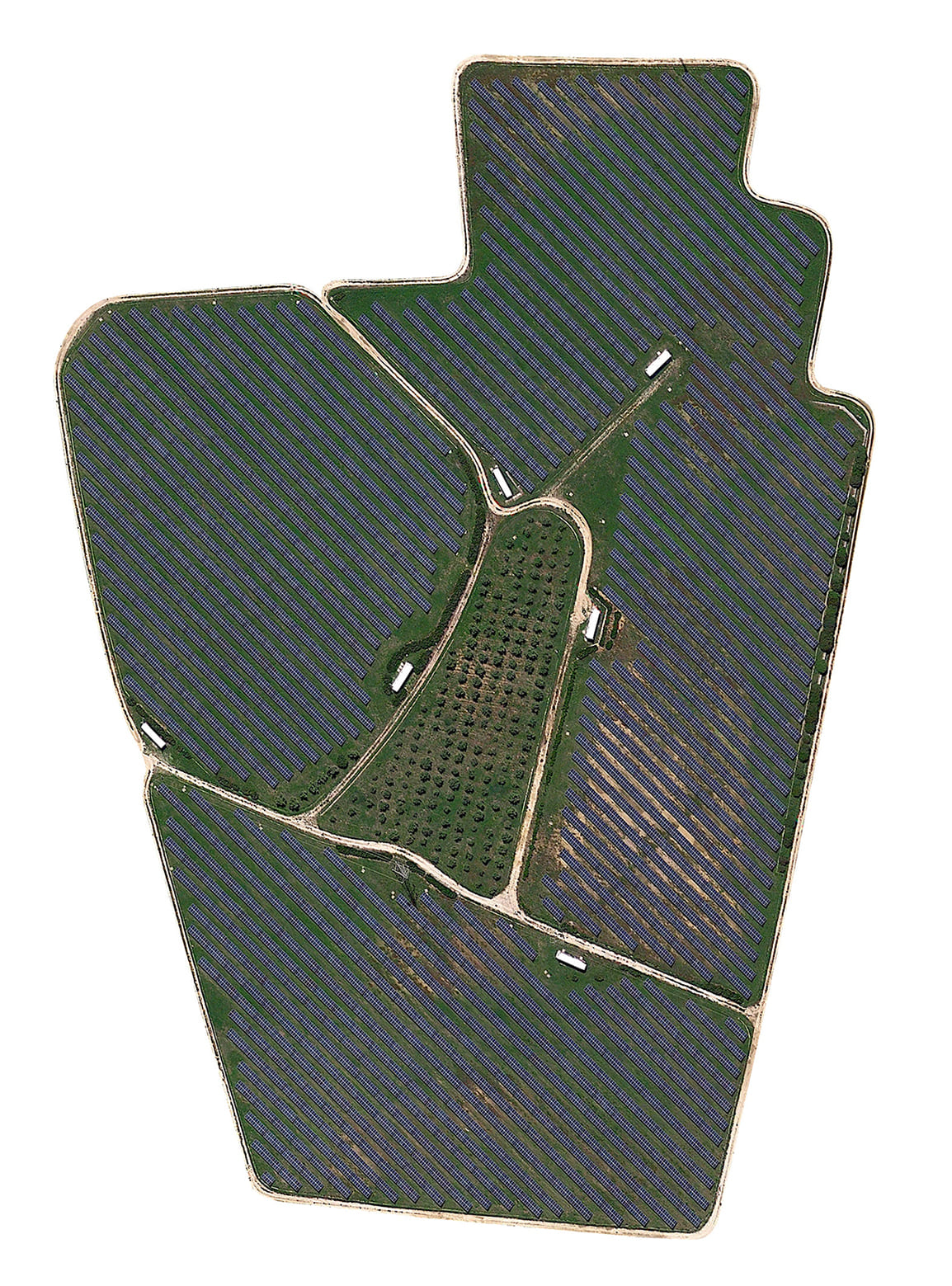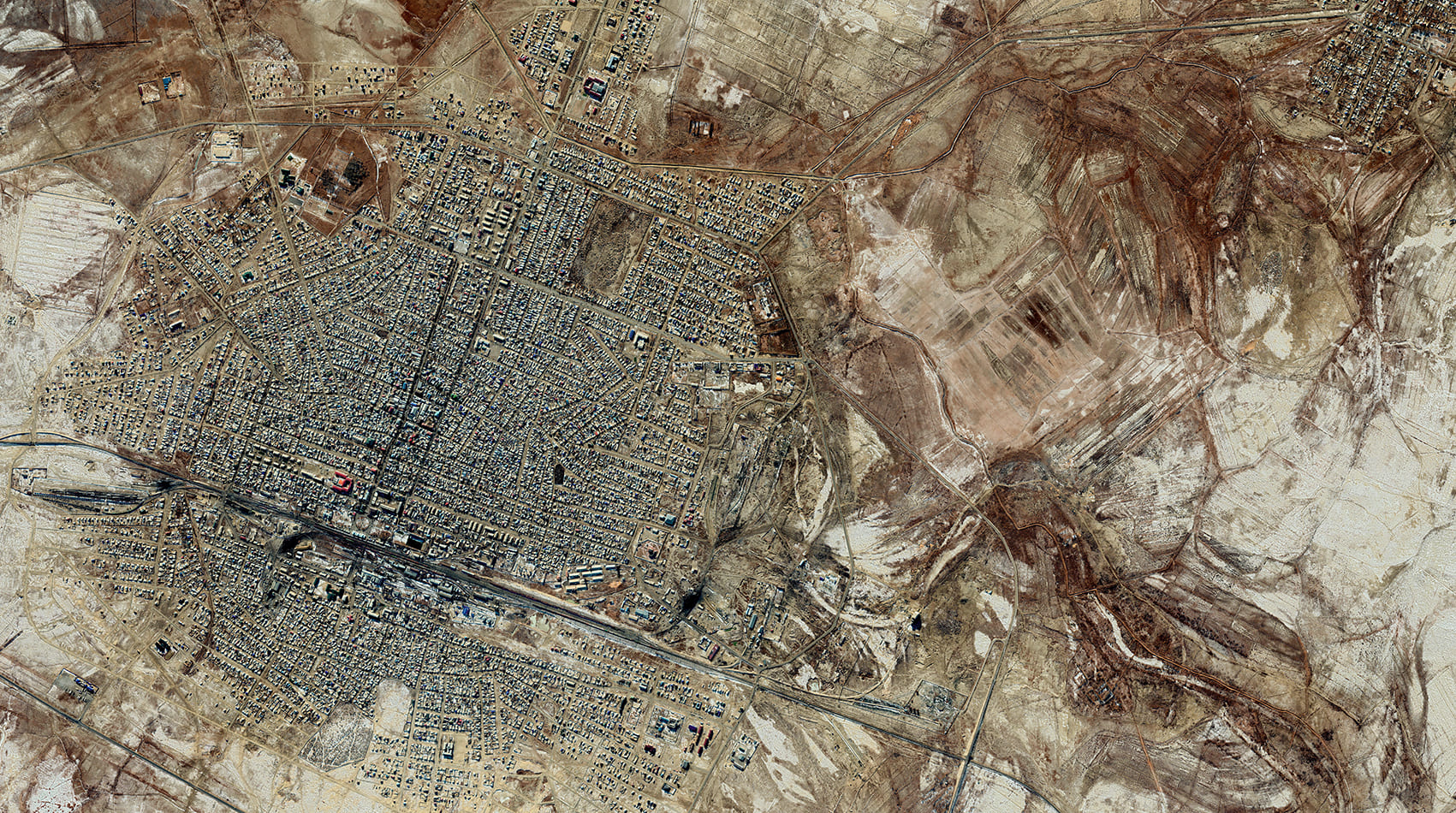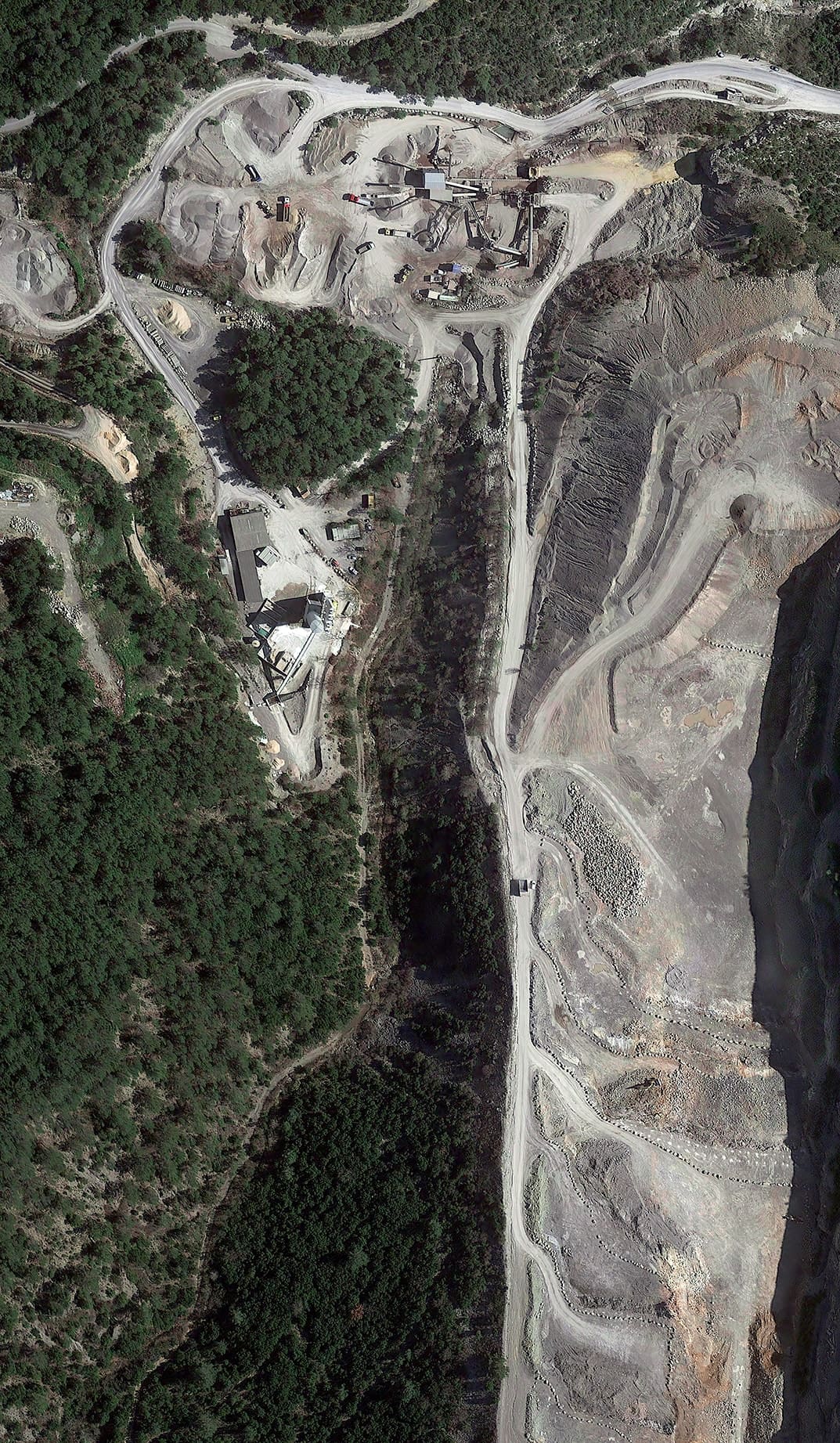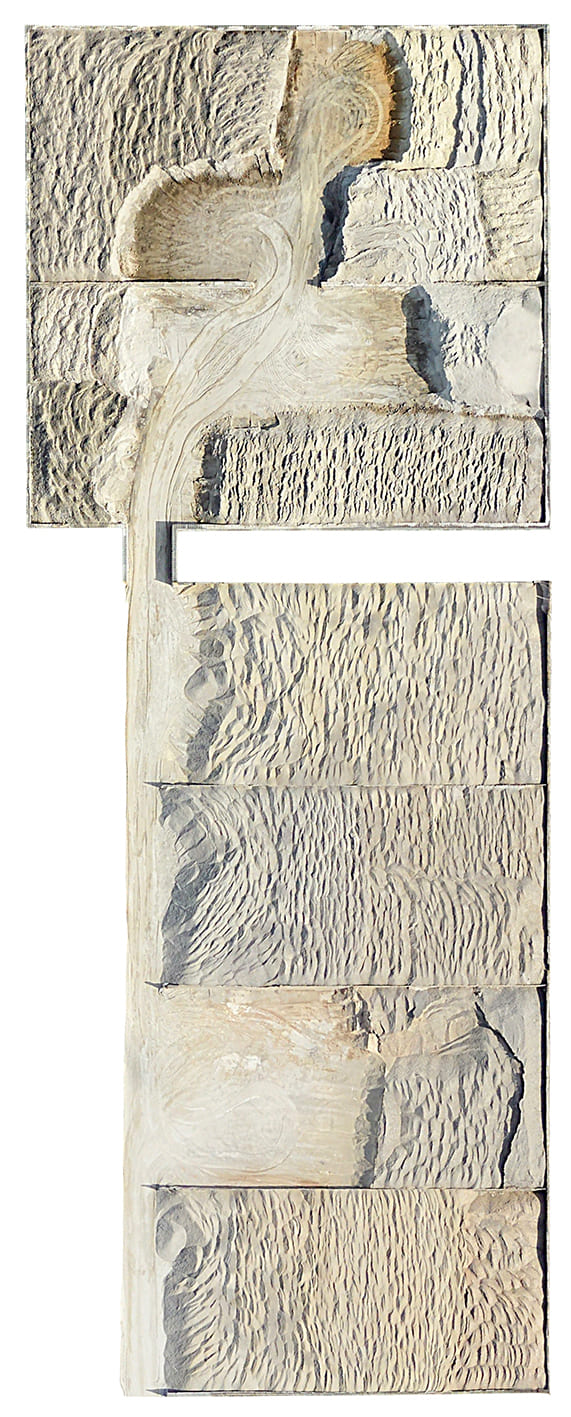THE AESTHETICS OF EVIL
Is it possible to find beauty in evil? Is it possible to still find in nature, even timid reverberations of sacredness, after man’s aberrant attempts to annihilate it? Perhaps yes, but we must come to terms with an age that, in the conscious disfigurement of creation, finds nourishment and sustenance. Serradifalco’s photographs, objective, real, far from being judgmental, highlight the dyscrasia of an age and force a reflection on the ailing relationship between man and the environment by staging the liturgical sequence of a mournful procession. A Via Crucis on the fate of man unable to tame his impulses now subjugated by that financial fetishism that, by definition, denies life itself in favour of an unscrupulous economy. Art, today, is called upon not only to “represent” but above all to denounce a world in crisis that is fast becoming a two-faced “other”: primitive, on the one hand, because of the decay of human relations; advanced, on the other, exclusively because of having developed techniques and strategies of control and oppression that render consciences helpless under the attack launched on rights, nature, and life itself.
(Francesco Piazza)



